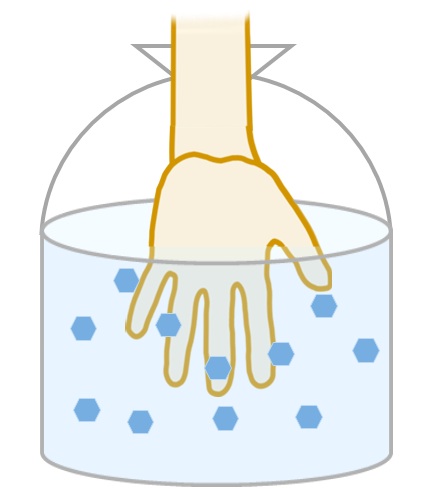
Exposure to waterborne viruses results not only from the consumption of water, but also from skin contact with contaminated liquids and subsequent inadvertent transfer to the mouth. Examples include the handling of human and animal waste, contact with stormwater run-off, swimming in contaminated beach water, or hand washing using contaminated water. Conversely, skin may contaminate clean water, for example during the handling of stored drinking water. The frequency of skin-liquid contact, along with the magnitude of skin-liquid transfer of viruses, directly influence the resulting risk of infection. Nevertheless, we are lacking data to describe risks associated with human interactions with contaminated liquids. In this joint project with the group of Dr. Tim Julian at Eawag, we are therefore quantifying the transfer of different human viruses and indicators to and from human hands. We established an experimental system to reproducibly quantify the extent of transfer, and study the influences of skin, virus and solution properties. Our data will be applied in a microbial risk assessment for interactions with virus-contaminated liquids. This will ultimately allow us to identify scenarios and interventions that reduce risks.